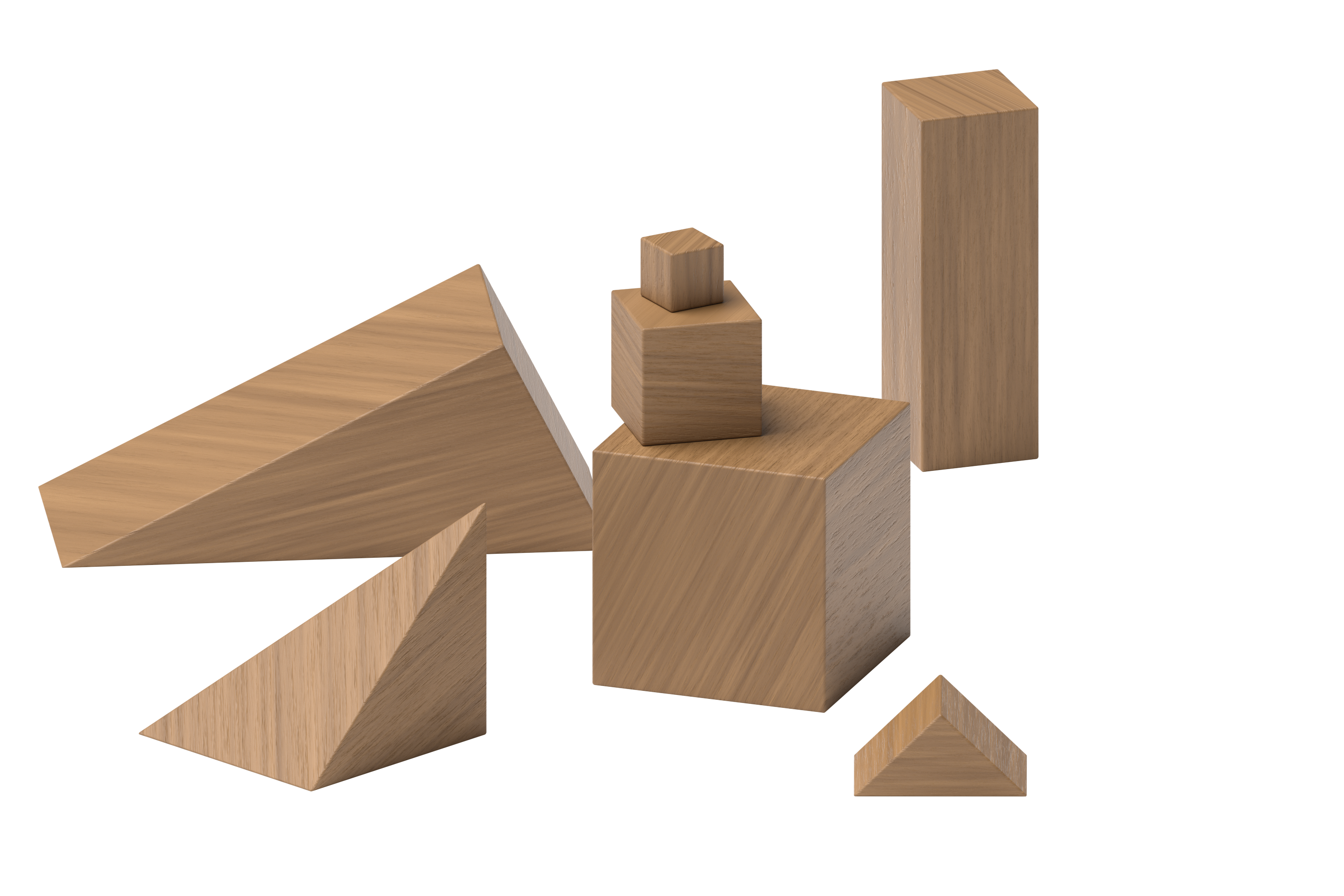Lesson 13
How Many Are There? (Part 2)
Warm-up: Questions About Us: Attendance (10 minutes)
Narrative
Launch
- “We need to figure out how many of us are here. How can we make sure that we count each person one time?”
- 30 seconds: quiet think time
- Share responses.
- Monitor for students who suggest a way to organize the students, such as having all of the students line up.
Activity
- Count the students using two of the methods suggested by students.
- “How many of us are here today?”
Student Response
For access, consult one of our IM Certified Partners.
Activity Synthesis
- “Did we count everyone one time? How do you know?”
Activity 1: Counting Collections (15 minutes)
Narrative
The purpose of this activity is for students to count their collection in a way that makes sense to them and keep track of which objects have been counted. Keeping track of which objects have been counted helps students count accurately and ensure they count all of the objects and do not count each object more than once. Most students should be given collections with 6-10 objects. Based on formative assessment data collected in previous sections, adjust the number of objects in collections for individual students. Students are provided with counting mats and 5-frames to help them accurately count or organize their collections. Students use appropriate tools strategically as they choose which tools help them count their collections (MP5).
Additional collections can be provided to allow students to choose a new collection to count.
Supports accessibility for: Conceptual Processing, Memory, Organization
Required Materials
Materials to Gather
Launch
- “Today you’re going to count another collection of objects. As you’re working, think about how to make sure you count each object.”
Activity
- Give each student a bag of objects. Give students access to 5-frames and a counting mat.
- “Figure out how many objects are in your collection."
- 2 minutes: independent work time
- “Switch collections with a partner. Figure out how many objects are in your new collection.”
- 2 minutes: independent work time
- Monitor for students who have a method of keeping track of which objects have been counted, such as moving and counting or lining up the objects and counting them in order.
Student Response
For access, consult one of our IM Certified Partners.
Advancing Student Thinking
If students do not appear to have a method to keep track of the objects they have counted, consider asking:
- “How can you figure out how many objects you have? How can you make sure that you count each object one time?”
- “How can the counting mat help you make sure that you count each object one time?”
Students may also benefit from the optional activity in the next lesson.
Activity Synthesis
- Invite previously identified students to demonstrate how they counted their collections.
- “What do you notice about how they counted?”
- If needed, “They made sure that they counted each object one time.”
- After each student shares, write or display the number and say “There are _____ objects in their collection.”
Activity 2: Pair Objects and Numbers [OPTIONAL] (10 minutes)
Narrative
The purpose of this optional activity is for students to pair the verbal count sequence with objects.
Based on formative assessment data from previous sections and observation during the first activity, this activity will be helpful for students who are not yet connecting the verbal count sequence and counting objects.
This activity can be used with a small group or the whole class. Students who do not need this optional activity may benefit from additional time working in centers. Some students may benefit from working on the concepts in this optional activity more than one time.
Advances: Listening, Representing
Required Materials
Materials to Gather
Required Preparation
Launch
- “Let’s practice counting to 10.”
- Count to 10 all together.
- Give each student a bag of objects and bucket or container to put their objects in as the count.
Activity
- “Move the objects in your collection into the bucket one at a time.”
- 1 minute: independent work time
- “Move the objects in your collection into the bucket one at a time. Say a number each time you put an object in the bucket.”
- 1 minute: independent work time
Student Response
For access, consult one of our IM Certified Partners.
Activity Synthesis
- “I’m going to move each object into the bucket. When I move an object, say a number.”
- Move each object into the bucket while students count.
- “Why do we say one number as we move each object?” (To make sure that we count each object only 1 time.)
- If needed, “When we count, we say one number for each object.”
Activity 3: Centers: Choice Time (20 minutes)
Narrative
The purpose of this activity is for students to choose from activities that focus on using math tools. Students choose from any stage of previously introduced centers.
- Connecting Cubes
- Pattern Blocks
- Geoblocks
- Picture Books
Required Materials
Materials to Gather
Required Preparation
- Gather materials from:
- Connecting Cubes, Stages 1 and 2
- Pattern Blocks, Stages 1, 2, and 3
- Geoblocks, Stages 1 and 2
- Picture Books, Stages 1 and 2
Launch
- “Today we are going to choose from centers we have already learned.”
- Display the center choices in the student book.
- “Think about what you would like to do first.”
- 30 seconds: quiet think time
Activity
- 10 minutes: center work time
- “Choose what you would like to do next.”
- 10 minutes: center work time
Student Facing
Choose a center.
Geoblocks

Connecting Cubes

Pattern Blocks

Picture Books

Activity Synthesis
- “When did you see a partner count during centers today?”
Lesson Synthesis
Lesson Synthesis
Cool-down: Unit 1, Section D Checkpoint (0 minutes)
Cool-Down
For access, consult one of our IM Certified Partners.